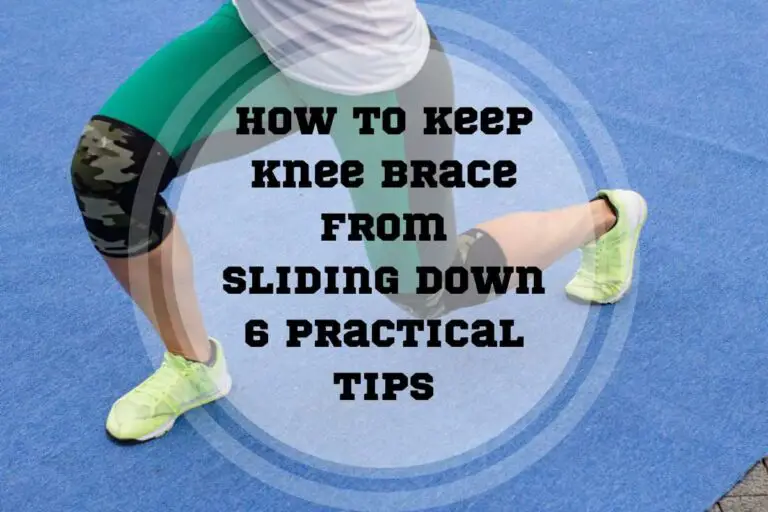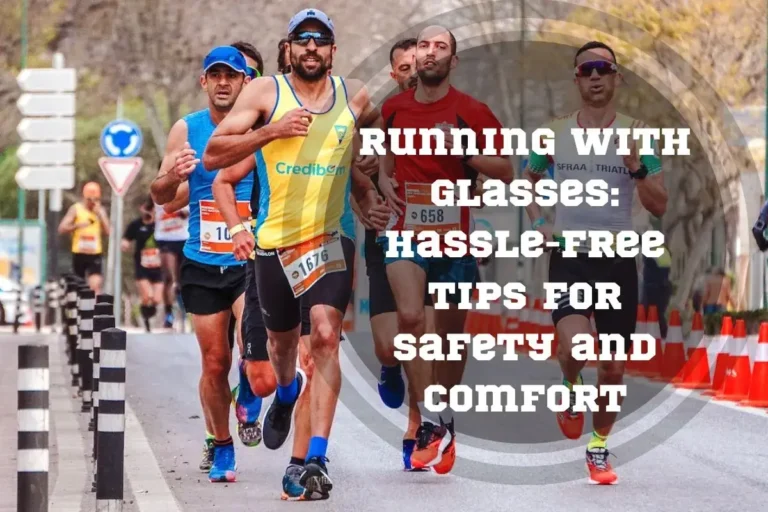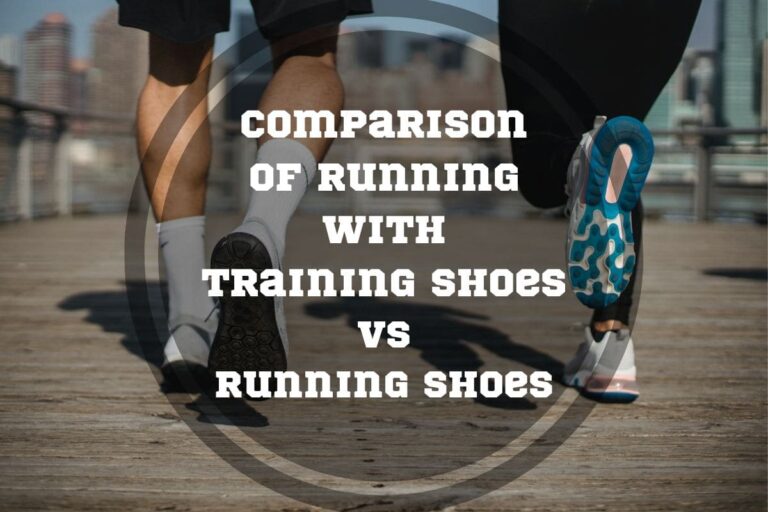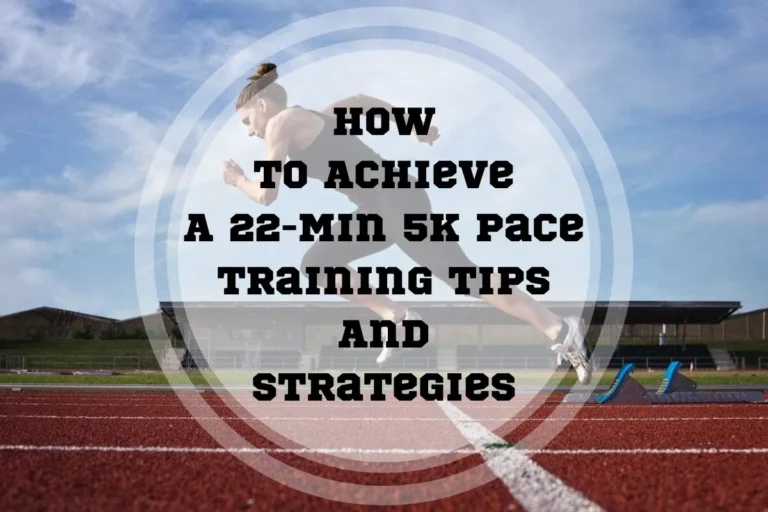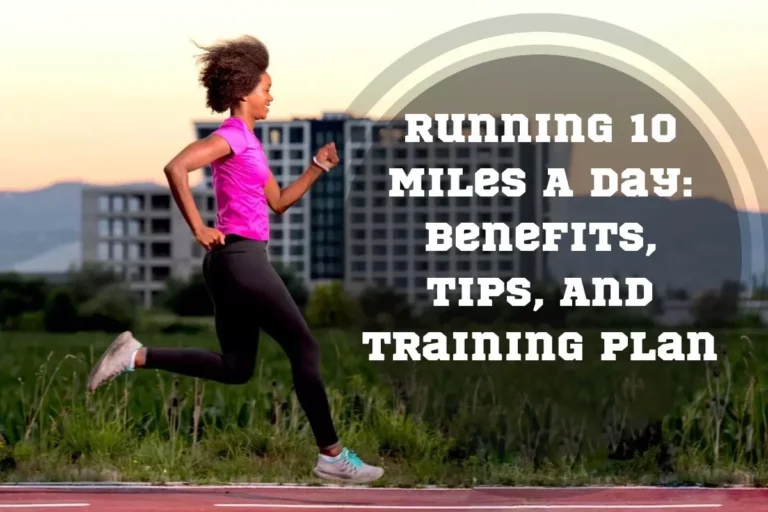7 Best Hip Flexor Exercises for Runners: 3 Injury-free Tips
If you are a runner, chances are you have experienced hip flexor tightness at some point. If you’re looking for hip flexor exercises for runners to help improve your hip flexibility, strength, and stability, this article is right for you.
Here, we will go through 7 of the best hip flexor strengthening exercises for runners that will help protect these muscles from injuries during running. They don’t require any special equipment and can be done anywhere. So, let’s get started on how best to keep your hips strong and healthy!
How can you strengthen hip flexors for running?
Static and dynamic hip flexor stretches can help runners increase flexibility in the hips and prevent injury. These strengthening exercises should be a regular workout routine to improve performance and prevent damage . Gradual increases in running intensity and distance are necessary for strengthening the hip flexors without causing strain or other damages.
What Are Hip Flexors and Their Impact on Running?
The hip flexors are a group of 5 muscles in the upper thigh’s front part . Hip flexors are a group of muscles located in the front of your hip region. These muscles are responsible for flexing your hip joint, which means they help lift your thigh toward your torso. The main hip flexor muscles include the iliopsoas, rectus femoris (a part of the quadriceps muscle group), and the tensor fasciae latae.
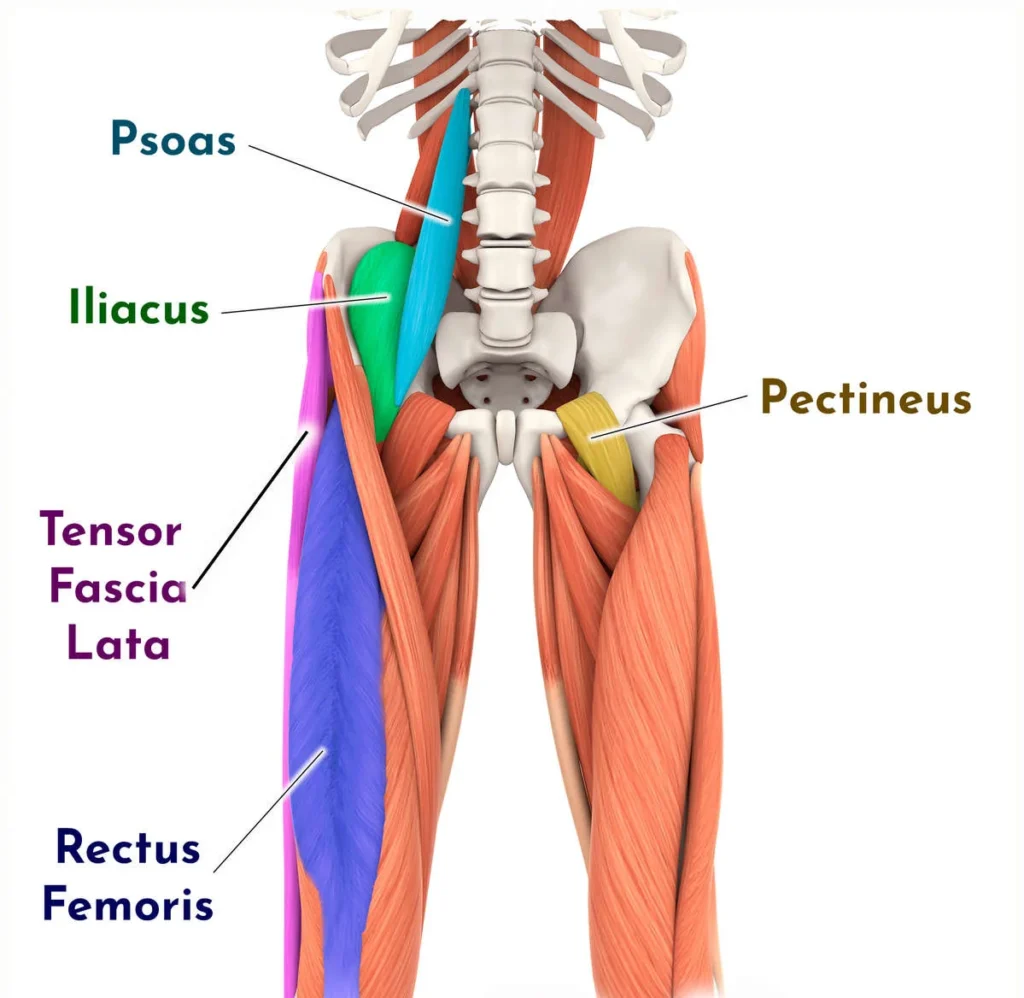
Their importance in running is that they can quickly become tight due to repetitively shortened activities over time. Runners are vulnerable to tight hip flexors due to the repetitive motion of running that leads to shortening and overuse of the muscles. Poor posture or extended periods of inactivity can also contribute to it. Weak glutes can also cause an imbalance, which puts more strain on your hip flexors, potentially resulting in pulled muscles, strains, tears, or tendinosis.
Strains, tears, tendinosis, and bursitis commonly occur due to these causes, making it difficult for athletes to continue their sport. Hip flexor strain or tendonitis consists of milder symptoms such as tightness in the hips. But, if left untreated, these issues could lead to more severe injuries.
How to Protect Hip Flexors from Injuries During Running?
To protect your hip flexors during running, you should focus on four simple tips:
1. Proper Warm-Up and Stretching Before Running
Warming up with an easy jog or light aerobic activity helps increase body temperature, lubricate joints, activate muscles, and prepare the body for the upcoming workout ahead. In addition, exercises focusing on dynamic movements involving active stretches can significantly help target hip flexor muscles while preparing them for running activities.
2. Strengthening Exercises for Hip Flexors
Strengthening the hip flexors is necessary for any runner, as it helps prevent pain and injury during running. Several exercises can help support these muscles, such as half-kneeling hip flexor stretches, hamstring bridges, standing knee lifts, etc. Read on to discover our list of top exercises to strengthen hip flexors for running.
3. Maintaining Proper Running Form and Technique
Good posture with standing tall, hips tucked in slightly, and learning to relax your shoulders and neck muscles is key in finding optimal running form. A strong core also helps keep the pelvis stable during motion to prevent excessive hip flexion while running.

Pro Tip:
Keep your feet pointed forward at all times rather than turning them inward or outward. Try a mid-to-forthfoot strike instead of landing on your heels, and use proper arm swings to achieve an ideal rhythm in your stride.
4. Gradual Increase in Running Intensity and Distance
As a runner’s body adapts to the increased load of intense activity, the hip flexors must also strengthen to accommodate this stress. Muscles need time to respond to increased work demands with strength improvements constructively — but when done correctly, it reduces the risk of strains and other related injuries in the hips.
Types of Hip Flexor Stretching for Runners
There are two kinds of good hip stretches for runners to choose from, but try to combine both for the best result.
1. Dynamic Hip Flexor Stretches
Dynamic hip flexor stretches are an excellent way for runners to increase hip flexibility and prevent injuries. These stretching routines involve movements that actively engage your range of motion and rapidly loosen up tight muscles.
Dynamic stretches use momentum to help elongate the hip flexors, which aids in stabilizing running form as well as improving overall performance when running at a fast pace. Examples of effective dynamic hip flexor stretches include hamstring bridges with banded hip flexion, front planks with banded hip extension, standing knee lifts, the pigeon pose stretch, goblet squats, and low lunge variations while using one or both legs.
2. Static Stretching
Focusing specifically on the hip flexor muscles, static stretching consists of slow and controlled movements with your body in a fixed position. You need to hold for between 10 and 30 seconds to stretch the muscle safely.
Commonly used runners’ hip pain stretches include pigeon pose stretch, goblet squat hip flexor stretch, low lunge variations, crescent lunge with knee up, one-legged bridge lifts, and full-range figure four exercises.
When to Stretch the Hip Flexor Muscles
Knowing when to warm up or stretch your hip flexors is essential to prevent injuries while running, and it depends on the type of exercise you intend to perform.
Hip Stretches Before Running
Hip flexor warm-up before running improves flexibility, balance, and knee joint positioning, contributing to injury prevention. This can be done through dynamic stretching, such as leg swings or stationary lunges, before running and easing into a faster pace once you start jogging or running.
The benefits of warming up go beyond just preventing injuries; it also helps activate specific muscles and provide easy blood circulation for quicker muscle recovery afterward.
Subscribe to Our Running Newsletter!
Get free running tips from renowned professional athletes and discounts from top-notch brands.
Hip Stretches After Running
Stretching the hip flexor muscles after a run can help to reduce muscle tightness and improve flexibility. By doing this, runners may benefit from better running form, balance training, and overall performance.
However, there are risks associated with overstretching after running, which should be considered before starting these exercises. That is why runners need to find a good balance between stretching and strengthening their hip flexors to minimize risks.
7 Best Hip Flexor Exercises for Runners
Here are seven practical hip flexor exercises that runners can perform to help strengthen and stretch their hip flexor muscles:
1. Hamstring Bridge with Banded Hip Flexion
The hamstring bridge with banded hip flexion helps runners to strengthen their gluteal muscles and lengthen their tight hip flexors.
This exercise involves lying on your back with your arms resting at your sides and knees bent. Use a resistance band as you perform gentle hip-flexion movements in one direction, then release slowly toward the other way.
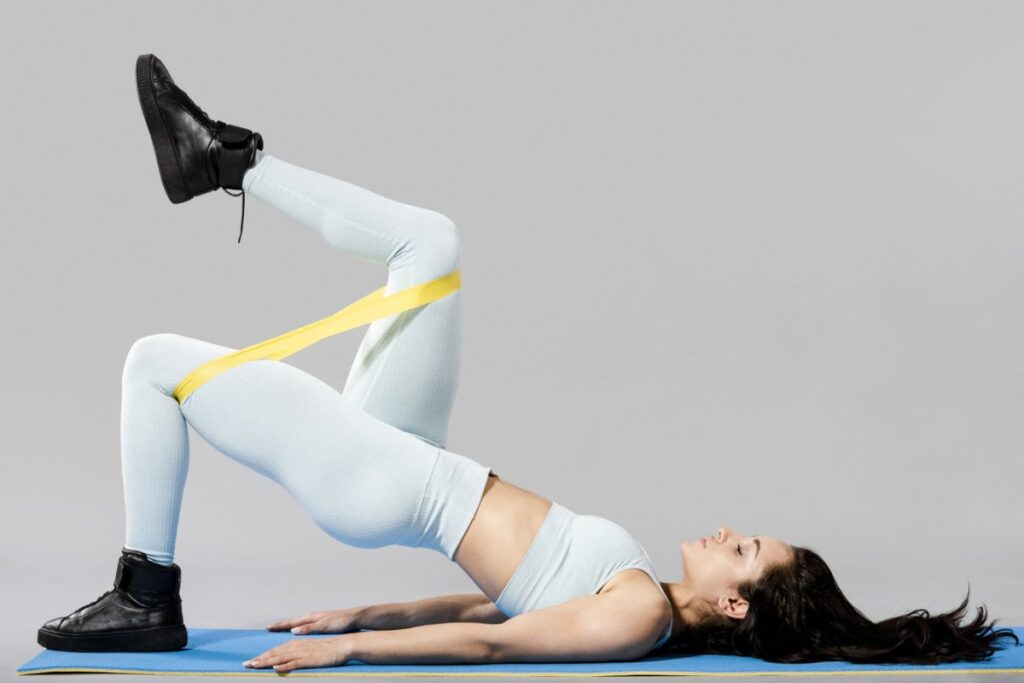
2. Couch stretch
This vital exercise for runners as it helps maintain healthy hip flexors by stretching and strengthening these muscles. By regularly incorporating this stretch into their routine, runners can improve hip flexibility and reduce the risk of tightness or imbalances that can hinder performance and lead to injuries.
3. Standing Knee Lift
This hip flexor exercise targets the muscles in the front of your hips and core. It helps you build strength in your hip flexors, which can ultimately improve running speed and performance.
To perform this move, stand upright with your feet hip-width apart. Wrap a looped resistance band around one thigh, just above the knee joint. Make sure that there is tension in the band during this exercise. With your arms bent at 90 degrees, lift one knee toward the waist level until the thigh is parallel to the ground. Then pause for 2 seconds before returning your leg to the start position.
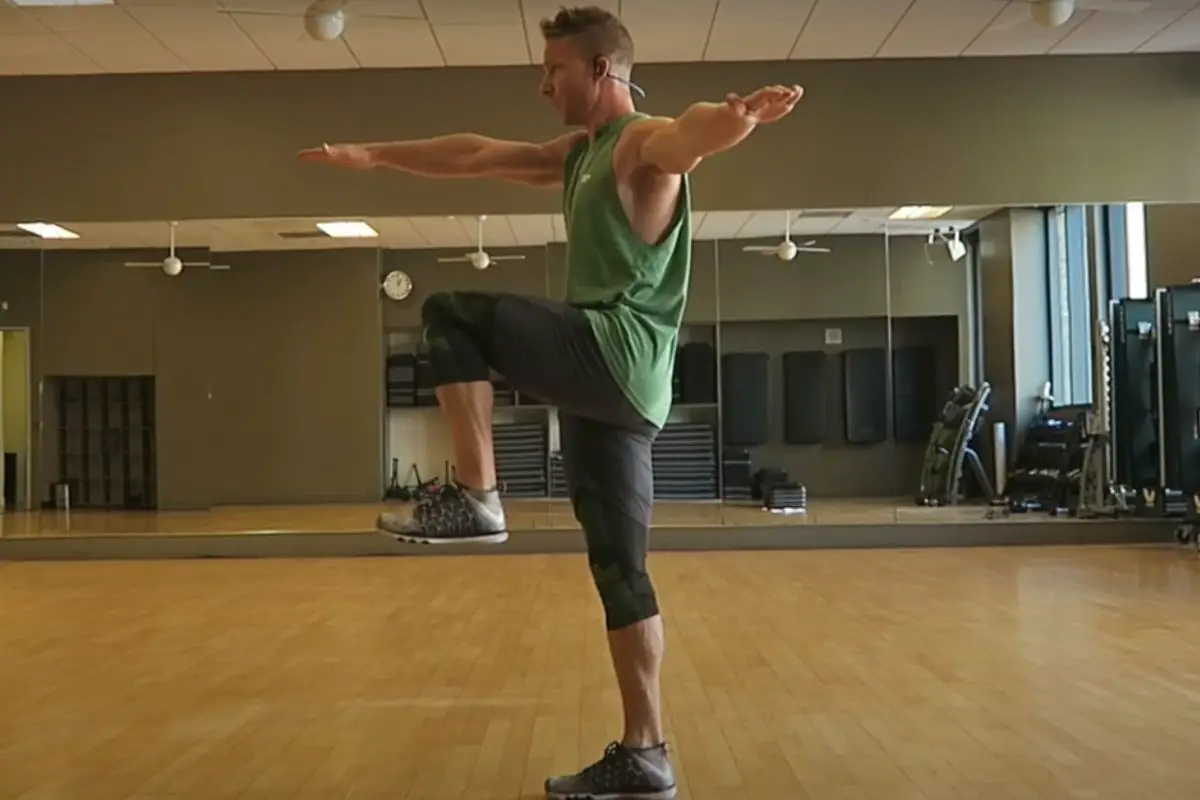
4. Pigeon Pose Stretch
The pigeon pose is beneficial for runners to target tight hips and glutes, helping to combat the effects of sitting for extended periods. It involves bringing one leg forward and bending the knee while extending the other behind, allowing you to feel a deep hip opener with this pose.

Pro Tip:
To further customize your practice, props such as blankets or blocks can be used to ease into stretches comfortably according to your flexibility levels.
5. Goblet Squat Hip Flexor Stretch
It is one of the best outer hip stretches for runners that helps improve hip mobility and flexibility, which, in turn, can benefit runners’ performances. To perform the stretch, start by standing tall with feet slightly wider than hip-width apart and toes pointing outward at a 45-degree angle.
Hold the kettlebell close to your chest with both hands before squatting down into heel drive while keeping your back straight. Pause for one second as you lower yourself down, then push up again through the heels while driving your knees out sideways from each other. This ensures that the glutes are activated during the movement.
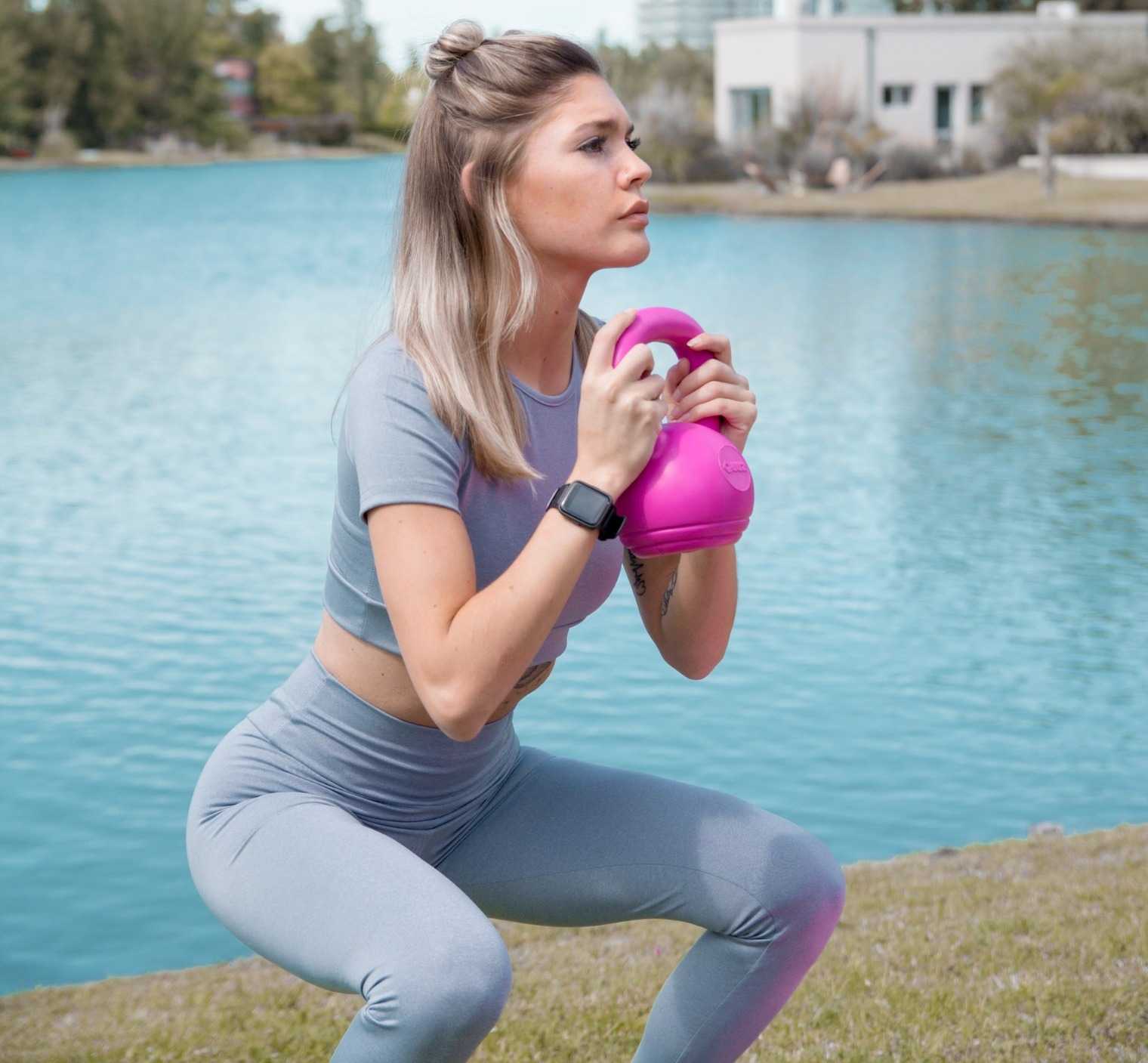
6. Front Plank with Banded Hip Flexion
This exercise targets the hip flexors, core, and glutes to improve hip mobility and strength, enhancing overall running performance.
To perform this exercise correctly, start in a high plank position with a resistance band around your ankles. Next, lift one foot off the ground while engaging your core muscles and bringing your knee toward your chest.

7. Crescent Lunge Knee-Up
It is a hip flexor exercise specifically designed for runners. During this exercise, the runner kneels on the floor and places one foot in front of the body while keeping the other knee on the ground. Then, stand up while raising the back knee toward the waist level.
It’s essential to have proper form and technique to successfully execute this hip flexor stretch. This includes toning glutes to prevent arching of your back and ensuring that you actively engage your core muscles throughout the movement.
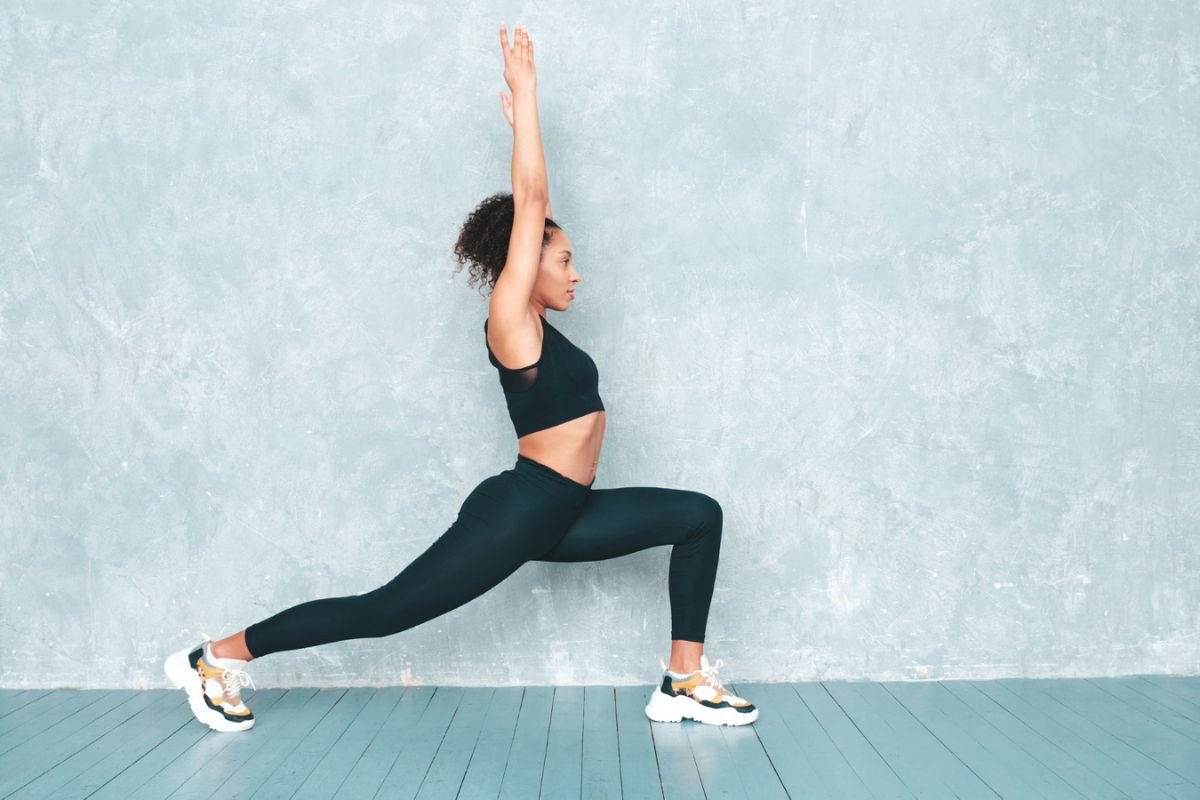
Frequently Asked Questions about Hip Flexor Strengthening Exercises for Runners
How to Strengthen Hip Flexors for Running?
One way to improve strength in hip flexors is to do exercises specifically designed for targeting the hip flexor muscles. These exercises include strength training, dynamic and static stretches, and proper exercise recovery.
Is It OK to Run With Hip Flexor Pain?
Running with pain in your hip flexors is not recommended, as it can worsen the injury and prolong the healing process. Tightness in your hip flexors should be addressed through stretches and exercises to prevent further damages .
Final Words on Hip Flexor Stretches for Runners
Strengthening hip flexor muscles is essential for improving mobility, stability, and posture—all helping to improve running speed and endurance.
Adding exercises specifically designed to target the hip flexors can be an effective way of doing this. Activities such as goblet squats and front planks with banded hip flexion are some of these powerful exercises that require little equipment or space.
If you increase the intensity gradually over time, you can achieve optimal results while avoiding sudden bursts of force that could lead to injuries or setbacks in progress.
What exercises do you prefer for your hip flexors? Please share your experience in the comments below.
Also Read:
- Should I Run After Leg Day
- Neutral vs Stability Running Shoes
- How Hard Is a Spartan Race
- How Many Miles in a 15K
- Best Treadmill for Tall Runners
References:
- “Hip Flexors,” Physiopedia, https://www.physio-pedia.com/Hip_Flexors (accessed September 11, 2023)
- Dorn TW, et al., “Muscular strategy shift in human running: dependence of running speed on hip and ankle muscle performance,” Journal of Experimental Biology 215, no. 11 (2012): 1944-56, https://journals.biologists.com/jeb/article/215/11/1944/10883/Muscular-strategy-shift-in-human-running
- Konrad A, et al., “The Influence of Stretching the Hip Flexor Muscles on Performance Parameters. A Systematic Review with Meta-Analysis,” International Journal of Environmental Research and Public Health 18, no. 4 (2021): 1936, https://www.mdpi.com/1660-4601/18/4/1936
- Mettler JH, Shapiro R, Pohl MB, “Effects of a Hip Flexor Stretching Program on Running Kinematics in Individuals With Limited Passive Hip Extension,” Journal of Strength and Conditioning Research 33, no. 12 (2019): 3338-3344, https://journals.lww.com/nsca-jscr/fulltext/2019/12000/effects_of_a_hip_flexor_stretching_program_on.17.aspx
- Hatefi M, et al, “The effect of static stretching exercises on hip range of motion, pain, and disability in patients with non-specific low back pain,” Journal of Experimental Orthopaedics 8, no. 1 (2021): 55, https://www.ncbi.nlm.nih.gov/pmc/articles/PMC8316530/
If you have any questions or suggestions, you can contact us via email – [email protected]


